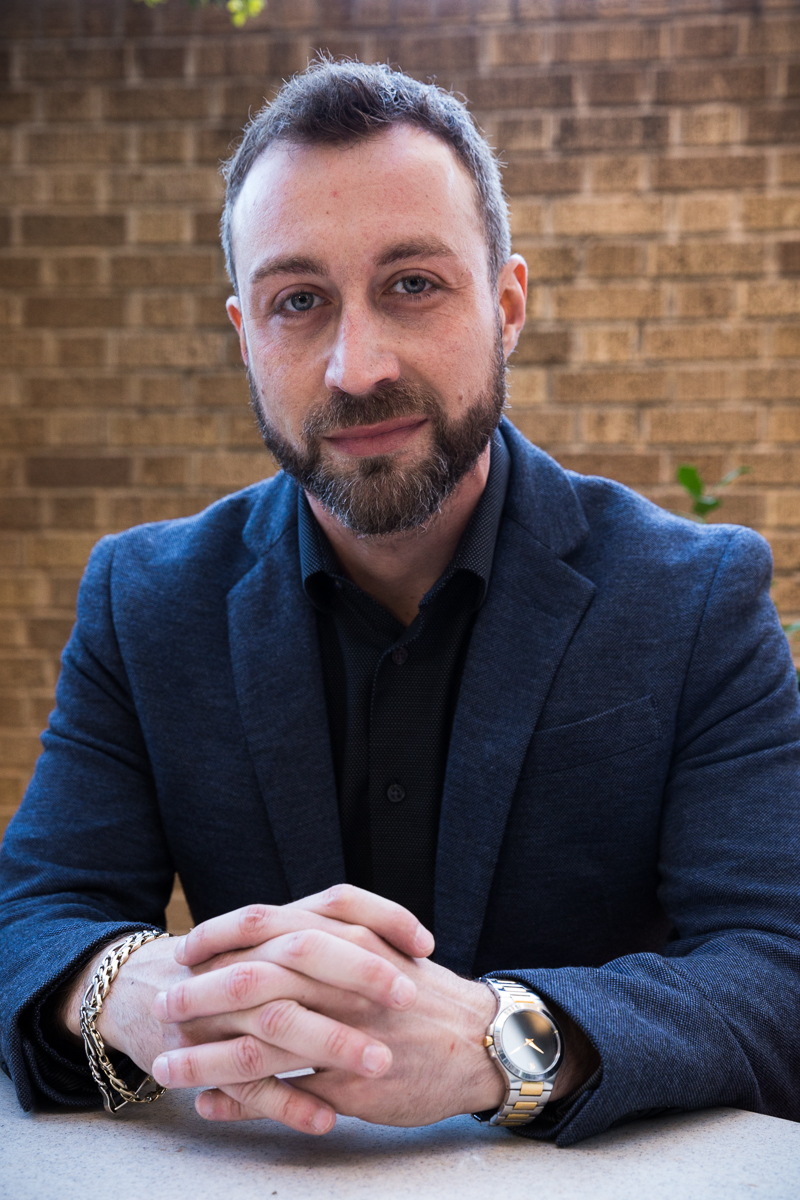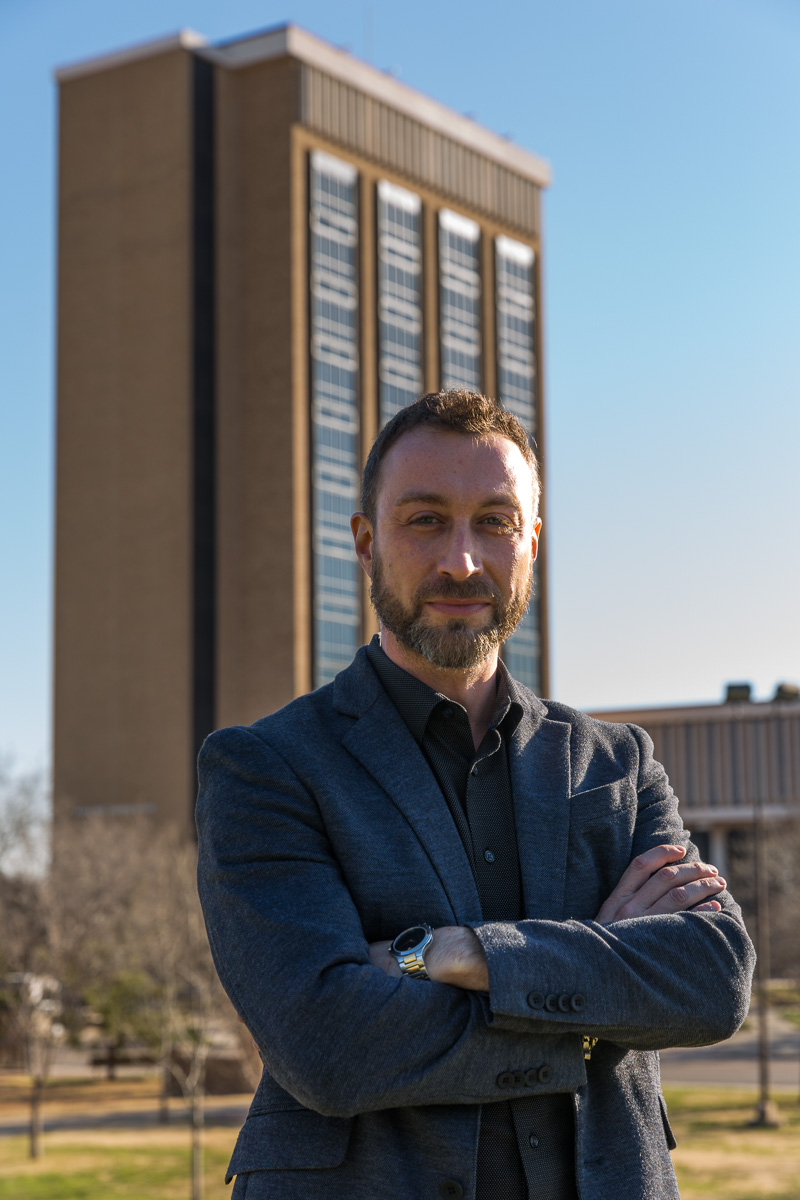
Ph.D. Student Explores the Phenomenon of Science Denial
The earth is flat. That is what many people, known as “flat earthers,” believe. Alex Olshansky, first-year College of Media and Communication Ph.D. student, and Assistant Professor Asheley Landrum, Ph.D., are curious about the growing movement's motivations and conclusions. Their current research investigates why people refute scientific evidence.
“YouTube is a big part of the flat earth community because that's where the first videos were posted – back in 2014,” Olshansky said.
To learn more about the phenomenon of “science denial”, Olshansky has attended flat earth conferences to speak with attendees first hand. He stated that many people who are part of the flat earth movement are skeptical of institutions of power and exhibit low levels of trust toward authority. He also said that it is not just people who believe in conspiracy theories who are more likely to believe the earth is flat.
“Even people who are not conspiracy minded are being persuaded and convinced by the more scientific-sounding arguments in videos and less by the religious or conspiracy-based arguments,” Olshansky said. “People start to question everything they've been told and start to mistrust institutions.”

Though YouTube plays a role in leading people to believe the earth is flat, Olshansky does not fault the platform itself.
“We're not blaming YouTube per say,” he said. “It's just that the way YouTube works [algorithms] makes it so much easier for people to present these kinds of arguments.”
Olshansky added that YouTube is finding ways to limit conspiracy theory videos from being posted through the platform. However, there is strong opposition to the idea.
“Announcing that they [YouTube] are clamping down on conspiracy theories and are not showing them to people may further exacerbate the problem,” Olshansky said. “People who are conspiracy minded already assume that people are hiding things from them.”
Researching the flat earth phenomenon has helped Olshansky realize that he wants to continue pursuing science communication research.
“Whether we realize it or not, science communication influences the way we behave as individuals and as a society,” he said. “Our understanding of science significantly affects which laws and regulations get passed. Therefore, scientists should endeavor to change the way they communicate, that is, they should consult the research from the science of science communication for evidence-based approaches to effective communication.”
To learn more about science communication research at the College of Media & Communication, visit: https://www.depts.ttu.edu/comc/research/areas/science/index.php
To learn more about Olshansky's research, visit:
https://ttu-ir.tdl.org/handle/2346/82666
